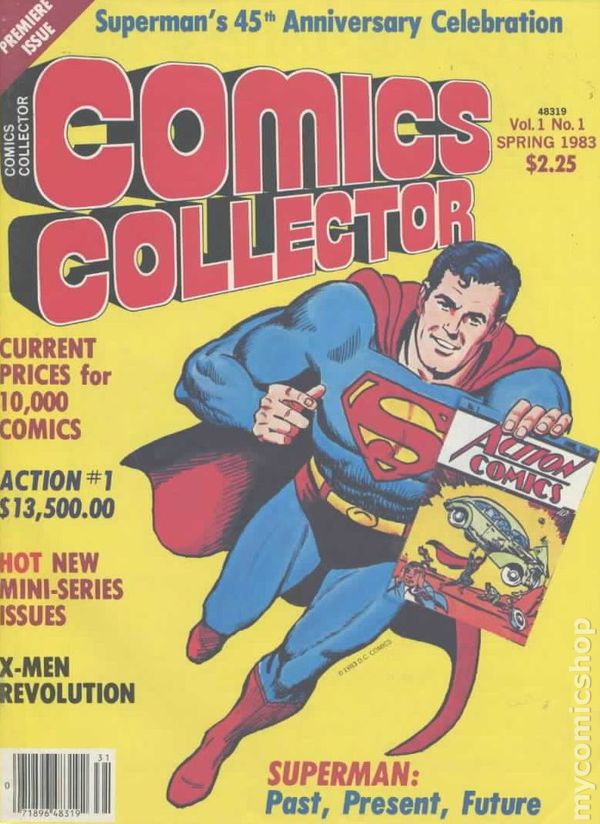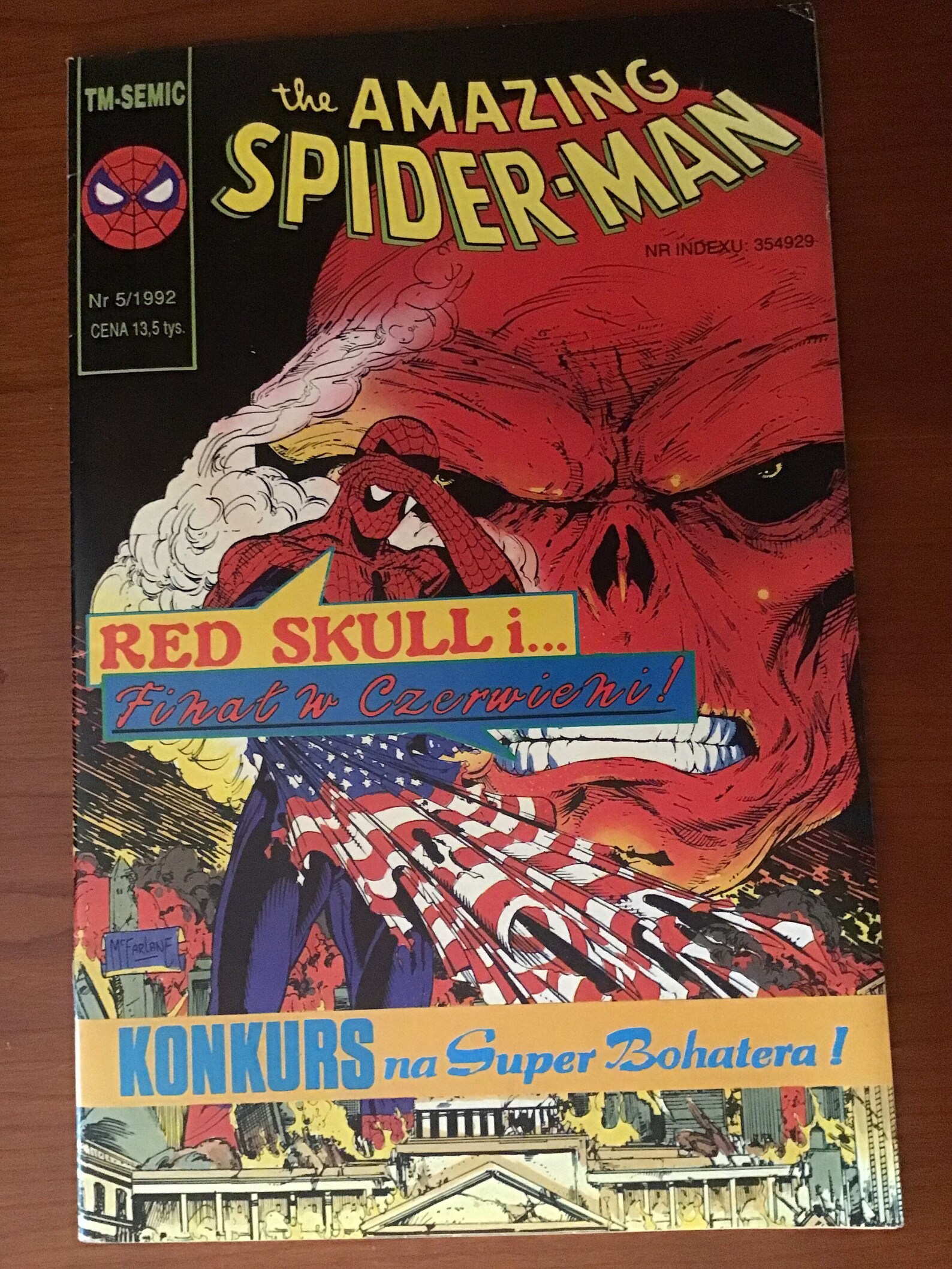
AVT, localization, and visual adaptation Ĭomics are narrative visual texts which usually incorporate verbal content. Keywords: comics, audiovisual translation, traduzione multimediale, literary translation, comics translation, visual adaptation, comics localization, lettering, graphic editing, images, manga, US mainstream comics, superheroes, translation strategies, translation practices, comics polysystemġ. Foreignization strategies, which privilege non-adaptation over adaptation to target visual conventions, innovate the aesthetic conventions and pictorial repertoires of the target comics polysystem. In the case of Marvel comics, the technological implementation of adaptation strategies allows for the production of multiple foreign editions tailored to local markets. much visual adaptation) as the general norm for localized manga. little visual adaptation) have now superseded domestication strategies (i.e. In the case of manga translation, after an initial stage in which Japanese comics were heavily adapted lo local comics visual conventions, market pressure in the form of fan base expectations has met with economic concerns by the publishers. This is followed by a description of visual adaptation practices in comics translation industry as concerns two the comic types which have the largest volume of foreign editions, American superhero comics and Japanese manga. Then, it provides a typology of visual adaptation strategies, illustrated with examples taken from a variety of comics.


It first defines visual adaptation in the context of related terms such as audiovisual translation (AVT) and localization.

This article focuses on visual adaptation strategies and practices in the publication of foreign comics.


 0 kommentar(er)
0 kommentar(er)
